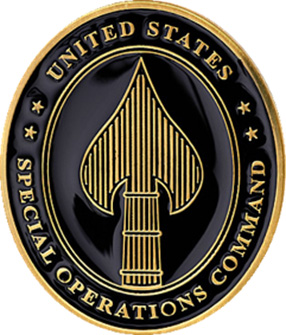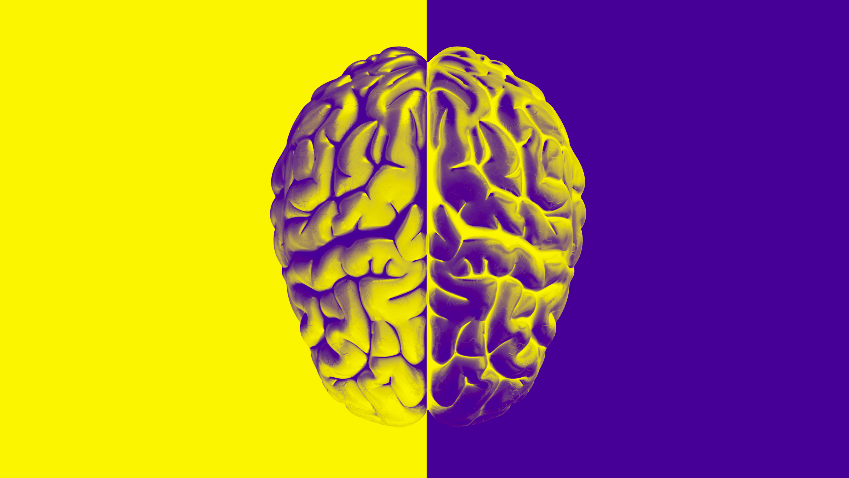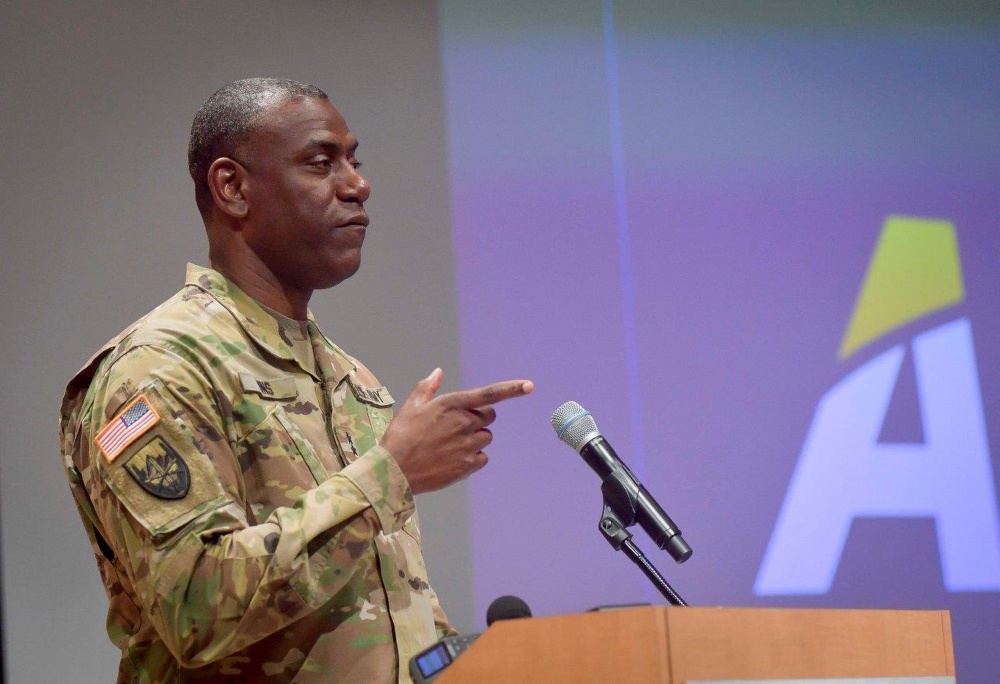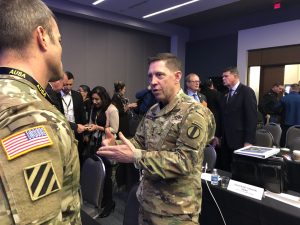De Faakto Intelligence Research Observatory
Background & Analysis
Djibouti is a small dusty coastal nation on the Horn of Africa that has the distinction of being located at the southern entrance of the Red Sea on route to the Suez Canal and the Gulf of Aden. Djibouti is a mandatory passage way for important maritime trade routes; making it strategic terra firma, sought after by the most powerful militaries in the world. Djibouti is ideal for navel security operations, anti-piracy patrols, counter terror drone strikes, air force operations, counter terror special operations, intelligence-surveillance, peacekeeping & humanitarian aid. (Politico, 2018) With bases in Djibouti nations can protect commerce and trade, guard maritime oil shipping routes and facilitate extraction missions for expatriates working abroad. Djibouti is close to hotbeds of turmoil in Africa. Countries like Somalia, and Yemen in the Middle East, necessitate the need for proximal military bases. (BBC, 2018) Furthermore, Djibouti presents a battle space, suitable for proxy war, far from opposing homelands should a conflict occur between nations garrisoned there. (Politico, 2018) The central government of Djibouti leases prime military property to the United States, China, France, Italy and Japan and will soon host Saudi Arabia and is considering India. (Reuters, 2016) In return for leased military bases the barren nation with few natural resources, receives cash, business opportunities and infrastructure. (Politico, 2018)




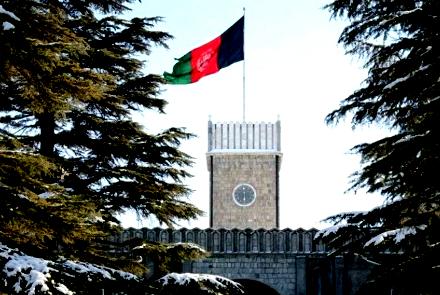







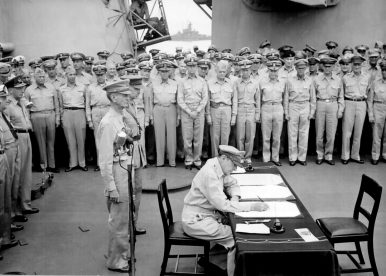


/arc-anglerfish-arc2-prod-mco.s3.amazonaws.com/public/SHHGRVFSNRESDETFLTZBISLUS4.jpg)
